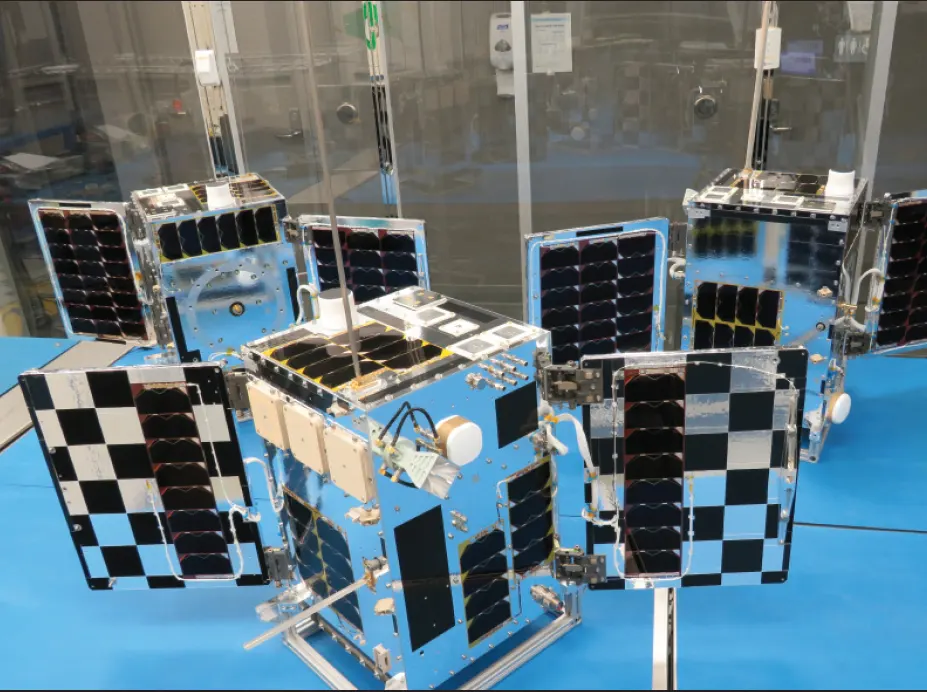Building Smaller Satellites That Work the First Time
Courtesy Satellite Evolution Group

The Space Flight Laboratory (SFL) is focused on delivering quality low-cost satellites and missions to customers around the world. To date, SFL has developed 76 successful satellites and has a total on-orbit heritage of 318.8 years operational. We met with Dr. Robert Zee, SFL’s Director, to discuss technological breakthroughs; the microspace approach to building satellites; and some exciting projects on the horizon.
Question: What prompted you to establish Space Flight Laboratory, and how has the organization evolved over the last 25 years?
Robert Zee: The Space Flight Laboratory (SFL) was established in response to the opportunity to contribute four of the six subsystems for the MOST satellite and to integrate and test the satellite. MOST stands for Microvariability and Oscillations of STars. It was a space astronomy microsatellite, 57 kilograms, for the Canadian Space Agency. We provided the onboard computers, the communication subsystem, the structure, and thermal subsystems. Not only did we integrate the satellite in our lab, we also supported the launch campaign, commissioning and operations. We put together a team of about five staffers at the time and we got some money from the provincial government to set up some initially modest facilities. At the time, we were a one project team. After MOST launched in 2003, we had to find a reason for being and think about how we were going to continue as a fledgling organization.
